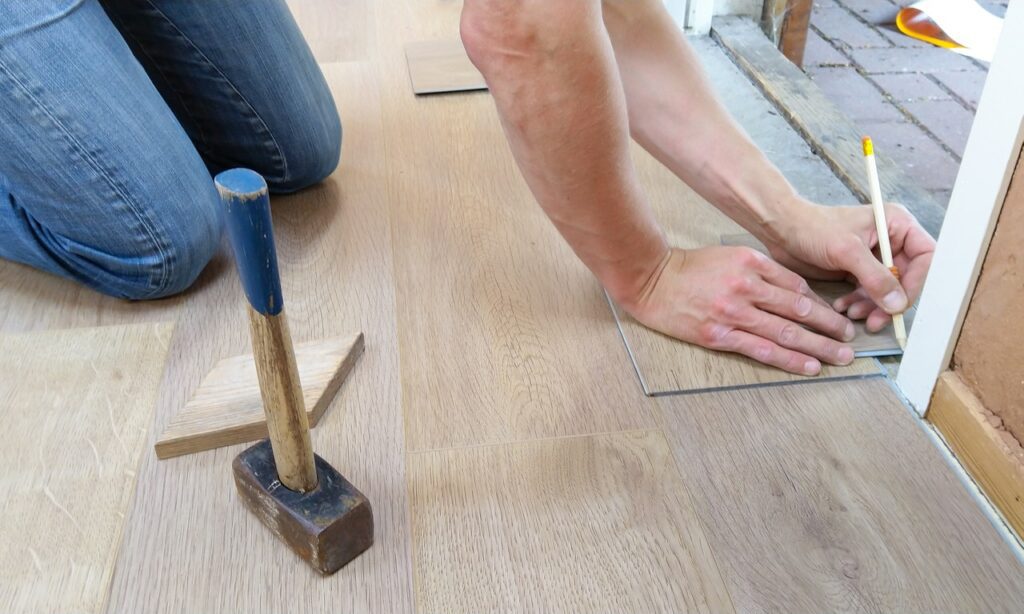The wet areas in our home, such as the bathroom, certain parts of our kitchen, and our laundry area in the basement, are usually subjected to an offset of water on the floor. That being said, it is only appropriate for us to pick the right kinds of flooring for them so that they may not deteriorate over time.
If it is your first time to make a wise pick in this regard, there is no need to worry. We have listed a couple of examples below that showcase which flooring choices are good and bad for your home’s wet areas.
The Good Picks:
1. Rubber Flooring
Rubber flooring is the ultimate material you should have your home’s wet areas covered with. When installed correctly, they are able to perform in wet environments while remaining durable, versatile, and easy to clean. In addition, they are also waterproof. If you have an area that you want to submerge and clean thoroughly, rubber will be the most optimal choice for you.
2. Vinyl Flooring
Vinyl flooring is also a great option for your wet areas. It is water-resistant and has a slip-resistant texture, making it energy-efficient when used in your home. This material is also non-absorbent, so it can be a good choice if you are looking for something you can always depend on.
3. Custom-Made Ceramic Tile
Home and building owners often use ceramic tile flooring for their wet areas as well. That is because it is durable, can last for a long time, and is also easy to maintain. These types of flooring are slip-resistant, making them an optimal and safe choice.
The Bad Picks:
1. Carpet
Carpets are known for their ability to trap dirt and dust, which can eventually grow mold and mildew. It is not a good idea to install it in your home’s wet areas for this reason alone. Aside from that, they are known not to dry quickly as well.
2. Hardwood Flooring
Hardwood flooring can stand up to a lot of wear and tear in all sorts of conditions, but it cannot be your first choice for wet areas. That is because it is not waterproof and can be ruined very quickly by moisture.
3. Linoleum
Linoleum is a hard material that is sometimes used to cover the flooring of kitchens. However, it is not a good option for wet areas because it may have holes on it, allowing water to seep through. It is also a porous material, so it absorbs water easily. In terms of design and durability, linoleum is a good option, but only for some wet areas, not all of it. However, you should still avoid installing it in the bathroom for obvious reasons.
Conclusion
Flooring plays a very important role in our lives, both for its visual appeal and its functionality. The material we choose for a specific location in our home has to be able to last for many years to come, especially if it is a wet area. The examples of flooring we have presented above have been tried and tested over the years. Some of them have been proven to be the best, while the others are the worst pick in the bunch.
Go for the ones that will work best for your home and its wet areas.
If you are looking for bathroom remodeling contractors in Homewood, AL, look no further than our experts here at BMR Homes. We offer a wide range of services, from kitchen and bath remodels to fire and storm repair. Call us today and let us work on your floorings in no time!

